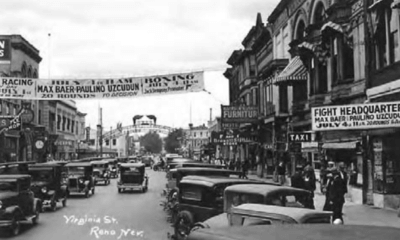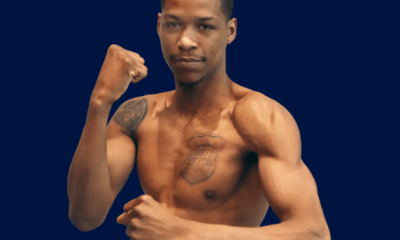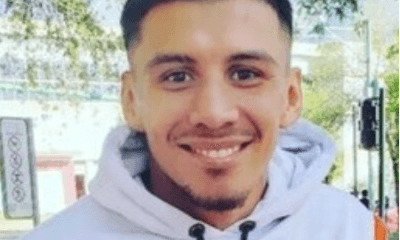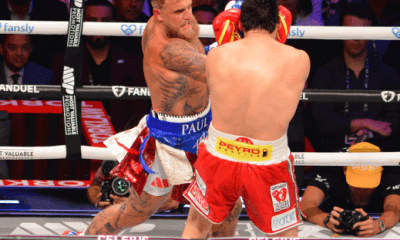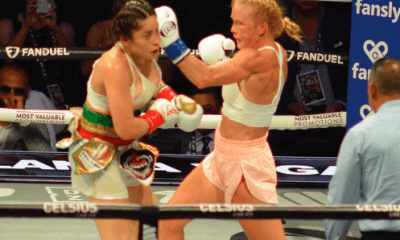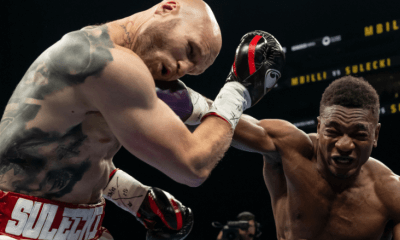Featured Articles
Boxing is Heating Up in Vegas, but is this the Start of a Renaissance?
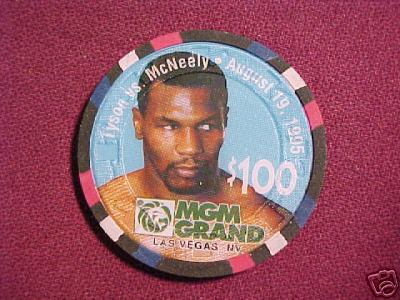
Beginning tomorrow (Thursday, April 25), there will be four shows in Las Vegas in a span of 10 days. They will be staged at four different venues.
On Thursday, Roy Jones Jr. brings a club show to Sam’s Town, a locals casino that sits approximately seven miles from the center of the Las Vegas Strip. On Saturday, former world title-holders Robert Easter Jr. and Rances Barthelemy will compete for the vacant WBA world lightweight title in the featured bout at the Cosmopolitan. Showtime will televise. On Thursday, May 2, there’s a Golden Boy Promotions card at the Hard Rock showcasing undefeated prospects in three 10-round matches. That show is a teaser for the lollapalooza two days later at the T-Mobile Arena, Canelo Alvarez vs. Daniel Jacobs.
That’s an awful lot of activity inside a short window, but does it portend a resurgence of boxing in the erstwhile Boxing Capital of the World? The reality is that the boxing scene isn’t as lively here as it used to be.
There were several watershed events that propelled Las Vegas into a place where boxing took on the flavor of a national sport. The 1980 fight between Muhammad Ali and Larry Holmes was a bummer, but a splendid concoction in the eyes of the beancounters. The fight, which was staged on a Thursday, was the first great “parking lot extravaganza” at Caesars Palace. From the standpoint of a spectacle, none were larger than the 1982 fight between Holmes and Gerry Cooney. From the standpoint of high drama inside the ropes…well, take your pick. Between 1981 and 1987, three iconic fights were staged under the stars at Caesars Palace, each of which was named Fight of the Year by The Ring magazine: Hearns-Leonard (1981), Hearns-Hagler (1985), and Hagler-Leonard (1987).
The opening of the MGM Grand in late December of 1993 heralded a new era in Las Vegas boxing. The self-styled City of Entertainment, the MGM Grand was the largest hotel in the world and fittingly had the largest arena on The Strip, the Grand Garden.
The honchos at the MGM Grand jumped into boxing with both feet, inking a multi-fight deal with promoter Don King. The timing was fortuitous as boxing was phasing out at Caesars Palace where ambitious expansion plans ate up the land previously dedicated to big outdoor fights.
The maiden show at the MGM Grand, on Jan. 29, 1994, was an 11-fight card topped by a welterweight title match between Felix Trinidad and Hector Camacho, but that wasn’t what the MGM honchos wanted. What they wanted was Mike Tyson, but that meant developing a relationship with Don King, as only King could deliver Tyson who was then locked away in an Indiana prison with a few more months left on his sentence.
Tyson made his MGM Grand debut in August of 1994 in a sham fight with Peter McNeely, the first of what would be seven Grand Garden engagements for Iron Mike.
Before the decade was out, the MGM Grand opened a sister property a short walk away, Mandalay Bay. It too embraced boxing. The first boxing shows at the property’s 12,000-seat Events Center featured Oscar De La Hoya. His May 22, 1999 lid-lifter with Oba Carr was a prelude to his Mandalay Bay megafight with Felix Trinidad.
The first few years of the new millennium were golden years for boxing in Las Vegas. In the three-year span from 2000 to 2002 there were 135 shows. Thirty-one of these were “big room” shows, meaning they were staged on a Saturday night at the MGM Grand Garden or the Mandalay Bay Events Center. Most aired on HBO or Showtime. Many were pay-per-view.
Things slowed down near the end of the decade and the slowdown continued as we moved into the teens.
Here’s the breakdown for the last six years:
Total Shows Big Room Shows*
2013 16 4
2014 20 6
2015 25 7
2016 21 5
2017 19 6
2018 19 3
*The big room shows include six shows at the city’s newest arena, T-Mobile, which sits behind a sister property of the MGM Grand, and two shows at the Thomas and Mack Center on the campus of UNLV, an arena built to house the school’s basketball team when the team was a national power.
There are many reasons for the drop-off in boxing in Las Vegas. Although it doesn’t tell the full story, heightened competition is a major factor. The slump parallels the unfolding of boxing at Barclays Center in Brooklyn which has housed 34 shows since the arena opened in September of 2012. New gambling casinos continue to pop up every year, many of which have concert halls suitable for boxing events.
New casinos in places like Iowa, Kansas, and South Dakota have siphoned away many small shows that in earlier years would have landed in Las Vegas. In theory, the diffusion of boxing across a wider landscape is good for the sport. But don’t tell that to the folks in Las Vegas who find work at these shows, either directly as boxing officials or indirectly as ushers, concessionaires, and so forth. Most are moonlighters, but for many a second income stream is needed to maintain a decent standard of living.
Check out more boxing news on video at The Boxing Channel
To comment on this story in The Fight Forum CLICK HERE
-

 Featured Articles3 weeks ago
Featured Articles3 weeks agoAvila Perspective, Chap. 330: Matchroom in New York plus the Latest on Canelo-Crawford
-

 Featured Articles2 weeks ago
Featured Articles2 weeks agoVito Mielnicki Jr Whitewashes Kamil Gardzielik Before the Home Folks in Newark
-
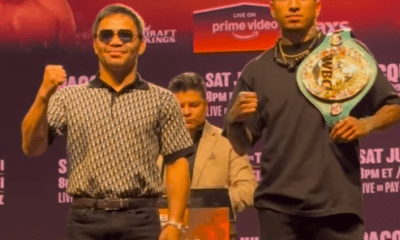
 Featured Articles4 weeks ago
Featured Articles4 weeks agoAvila Perspective, Chap 329: Pacquiao is Back, Fabio in England and More
-

 Featured Articles4 weeks ago
Featured Articles4 weeks agoOpetaia and Nakatani Crush Overmatched Foes, Capping Off a Wild Boxing Weekend
-

 Featured Articles3 weeks ago
Featured Articles3 weeks agoCatching Up with Clay Moyle Who Talks About His Massive Collection of Boxing Books
-

 Featured Articles4 weeks ago
Featured Articles4 weeks agoFabio Wardley Comes from Behind to KO Justis Huni
-

 Featured Articles2 weeks ago
Featured Articles2 weeks agoMore Medals for Hawaii’s Patricio Family at the USA Boxing Summer Festival
-
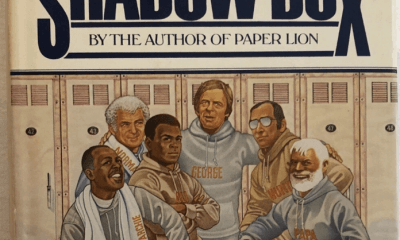
 Featured Articles4 weeks ago
Featured Articles4 weeks agoDelving into ‘Hoopla’ with Notes on Books by George Plimpton and Joyce Carol Oates

